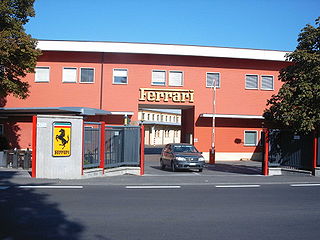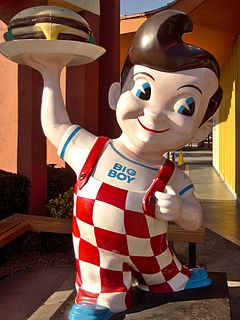 W
WA brand is a name, term, design, symbol or any other feature that identifies one seller's good or service as distinct from those of other sellers. Brands are used in business, marketing, and advertising for recognition and, importantly, to create and store value as brand equity for the object identified, to the benefit of the brand's customers, its owners and shareholders. Name brands are sometimes distinguished from generic or store brands.
 W
WCorporate social responsibility (CSR) is a form of international private business self-regulation which aims to contribute to societal goals of a philanthropic, activist, or charitable nature by engaging in or supporting volunteering or ethically-oriented practices. While once it was possible to describe CSR as an internal organisational policy or a corporate ethic strategy, that time has passed as various national and international laws have been developed and various organisations have used their authority to push it beyond individual or even industry-wide initiatives. While it has been considered a form of corporate self-regulation for some time, over the last decade or so it has moved considerably from voluntary decisions at the level of individual organizations to mandatory schemes at regional, national, and international levels.
 W
WCustomer experience (CX) is a totality of cognitive, affective, sensory, and behavioral consumer responses during all stages of the consumption process including pre-purchase, consumption, and post-purchase stages. Pine and Gilmore described the experience economy as the next level after commodities, goods, and services with memorable events as the final business product. Four realms of experience include esthetic, escapist, entertainment, and educational components.
 W
WA fictional brand is a non-existing brand used in artistic or entertainment productions, such as paintings, books, comics, movies, TV serials, and music. The fictional brand may be designed to imitate, satirize or differentiate itself from a real corporate brand. Such a device may be required where real corporations are unwilling to license their brand names for use in the fictional work, particularly where the work holds the product in a negative light.
 W
WMarket cannibalization, market cannibalism, or corporate cannibalism is the practice of slashing the price of a product or introducing a new product into a market of established product categories. If a company is practising market cannibalization, it is seen to be eating its own market and in so doing, hoping to get a bigger share of it. Concretely, it refers to the principle of a newly introduced product B eating up the market shares of an already established product A, both usually coming from the same company. In this case, both products belong to the same category of products. This occurrence can have either a positive or negative impact on the company's bottom line, can be accidental or deliberate, in which case it is commonly called cannibalisation strategy.
 W
WA mascot is any human, animal, or object thought to bring luck, or anything used to represent a group with a common public identity, such as a school, professional sports team, society, military unit, or brand name. Mascots are also used as fictional, representative spokespeople for consumer products, such as the rabbit used in advertising and marketing for the General Mills brand of breakfast cereal, Trix.
 W
WPrivate Label Strategy: How to Meet the Store Brand Challenge is a book by Nirmalya Kumar and Jan Benedict Steenkamp. This book describes the strategies for private labels that major retailers are using, and analyses how major national brands can mount a response.
 W
WProduct proliferation occurs when organizations market many variations of the same products. This can be done through different colour combinations, product sizes and different product uses. This produces diversity for the firm as it is able to capture its sizable portion of the market. However, it can also be considered that marketing so many new products leads to economic resources being wasted; the consumer becomes confused and mistakes are made in the purchase of products. Other problems associated with product proliferation include higher production, higher inventory and larger record-keeping costs.
 W
WA silver object that is to be sold commercially is, in most countries, stamped with one or more silver hallmarks indicating the purity of the silver, the mark of the manufacturer or silversmith, and other (optional) markings to indicate date of manufacture and additional information about the piece. In some countries, the testing of silver objects and marking of purity is controlled by a national assayer's office.